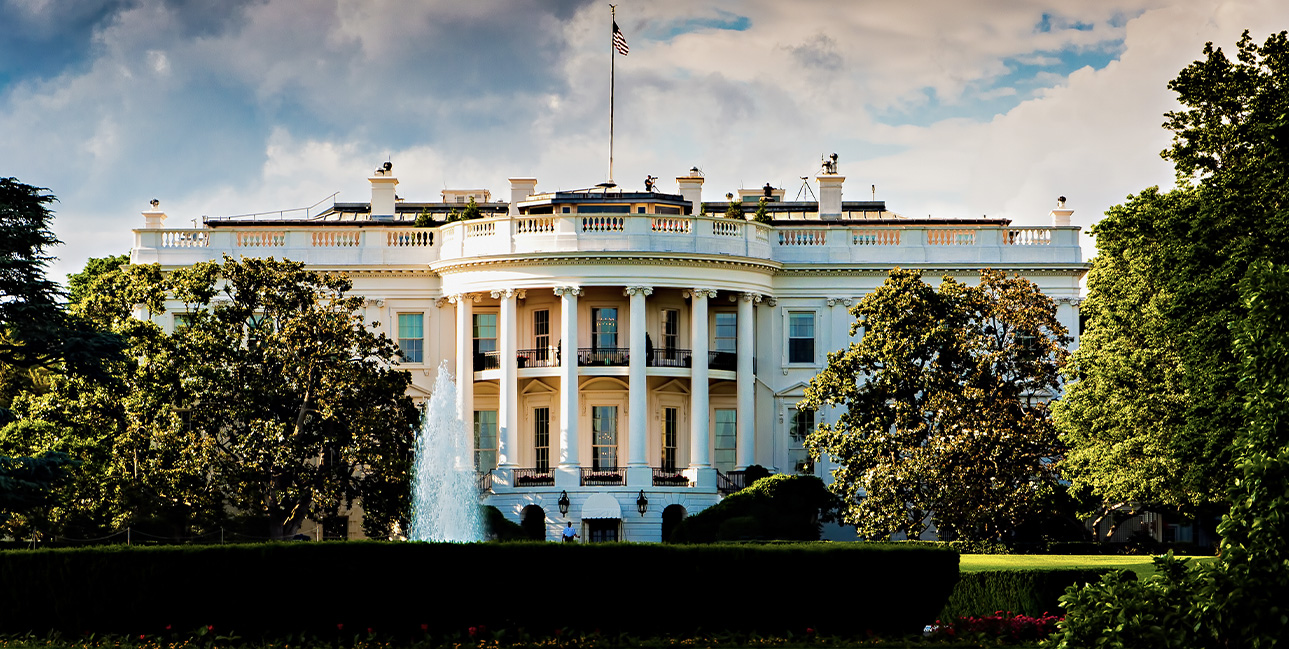Blog
November 07, 2024
The Presidential Transition: What Happens Next?
The peaceful transition of power between presidents is a hallmark of American democracy, ensuring the government continues to function smoothly regardless of political change. But what exactly happens after Election Day?
Here’s an overview of the key steps in the post-election presidential transition process and why it’s critical for the stability of our democracy.
1. Recognizing the election winner and providing transition services
Once there is a concession—or the General Services Administration administrator determines a “sole apparent successful candidate”— GSA continues to provide support to the president-elect and vice president-elect for up to 60 days after the inauguration. This includes providing funds to pay expenses for staff, experts, postage and transition team travel. The agency also helps members of a president-elect’s transition staff access federal agencies as part of the agency review process.
Typically, three agreements are put in place between a candidate’s team and the federal government to facilitate the transition: one to receive support services from GSA; one with the White House that sets the conditions for an incoming administration to access federal agencies after the election; and another with the Justice Department regarding security clearance requests for prospective transition team members who will need to access classified information. The agreements also require candidates to make public their ethics plan for the transition team and limit private contributions to the transition effort.
2. Conducting agency review
The agency review process enables new administrations to understand the major challenges facing federal departments. Transition review teams are responsible for gathering information on current operations, budgets and pressing issues that the new administration will need to address. This allows the president-elect’s team to understand the state of the government and begin crafting policy plans for the early days of the new administration.
The agency review process should give the incoming transition team members sufficient time to be briefed and familiarize themselves with the work of the agencies.
3. Personnel selection and vetting
To govern effectively, incoming presidents must fill approximately 4,000 political positions, with over 1,300 requiring Senate confirmation, including roles like Cabinet secretaries, agency heads, deputy and assistant secretaries and general counsels. This process involves a rigorous vetting of candidates to ensure they meet legal, ethical and security standards.
Presidential personnel experts often say “people are policy.” Personnel decisions are critical not only for shaping the president-elect’s agenda but also for ensuring the smooth operation of government from day one. Many of these positions require Senate confirmation, so thoughtful introductions and coordination with Congress are essential to avoid delays.
4. National security preparations
The incoming president’s national security team must be offered a briefing on the most sensitive and classified matters to ensure continuity in the protection of the United States. These briefings often include information on ongoing military operations, intelligence assessments, and counterterrorism strategies.
Additionally, the departing administration is required to facilitate at least one tabletop exercise designed to prepare the president-elect’s team for effectively handling a national security crisis.
Why a smooth transition matters
A well-managed presidential transition is critical to the country’s stability. It allows the incoming administration to hit the ground running, minimizing disruptions to government services, national security and the economy. When the transition is smooth, it reflects the resilience of American democracy and its institutions.
Conversely, delays or inefficiencies during the transition can lead to gaps in leadership, slow the government’s response to crises, and undermine public trust. The peaceful transfer of power between administrations is one of the most visible demonstrations of democracy in action, and ensuring it happens smoothly is vital for the well-being of the nation.
For a detailed overview of the transition process and what to expect in the coming months, we invite you to explore our transition resources.



